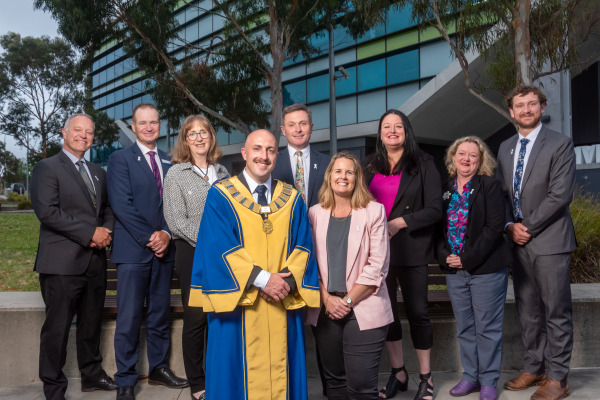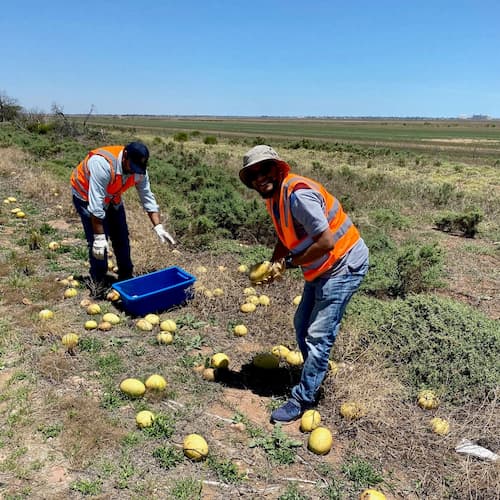The research is part of ongoing studies the airline is conducting with the University of Sydney’s Charles Perkins Centre to identify evidence-based methods to reduce fatigue.
Some preliminary findings were today released ahead of Qantas’ first Project Sunrise research flight, which will fly non-stop from New York to Sydney in a first for any commercial airline.
Key findings
The initial findings from the studies showed 54 percent of people surveyed used ear plugs or noise cancelling headsets to help them sleep on long haul flights.
While 24 percent of passengers actively avoided alcohol, 38 percent drank alcohol to aid their sleep.
After arriving at their destination, 39 percent chose healthy food to help with recovery.
The study also provides an insight into what passengers aren’t doing, with less than half of travellers (47 percent) surveyed not making a conscious effort to venture out into the sunshine upon arrival – a demonstrated way to overcome jetlag.
Specialist sleep researcher Dr Yu Sun Bin, part of the Charles Perkins Centre research team, is presenting these initial findings at the Sleep DownUnder conference in Sydney this week.
She said while most people actively try to reduce their jetlag, the study with Qantas indicates they are not always doing what is most effective.
We know that going outdoors for sunlight at the destination is one of the most important strategies for syncing the body clock, but only 47 per cent of passengers made the effort to do it.
“Drinking more than a few glasses of alcohol will make jetlag worse. It might make us fall asleep faster but [beyond a certain point] it also disrupts the quality of sleep and causes dehydration”.
The inflight studies were conducted across nearly 500 passengers travelling on Qantas international flights longer than nine hours. The aim of the research is to establish a baseline to help researchers and the airline design new in-flight strategies to promote in-flight wellness and reduce jetlag.
Project Sunrise Research Flights
To date, Qantas and Charles Perkins Centre have used existing research and information to design and develop strategies to counteract jetlag, influence menu design and service timing, pre- and post-flight preparations and cabin environment including lighting and temperature.
Light therapy in the lounges to help passenger acclimatise to the time zone, along with an outdoor area in the lounge to provide exposure to natural light, are also among the new strategies already implemented for customers travelling on Qantas’ longest flight from Perth to London.
As part of the next phase of research, Qantas is repurposing three Boeing 787-9 delivery flights and using them to conduct studies on crew and passengers with the aim of improving wellbeing.
The new aircraft will be positioned at two destinations being targeted as part Project Sunrise – Qantas’ plan to start direct flights from Sydney, Melbourne and Brisbane to London and New York.
On 18 October, six Qantas Frequent Flyer volunteer passengers will take part in the 19-and-a-half-hour flight from New York to Sydney with a unique inflight experience designed around recommendations from Charles Perkins Centre researchers.
They will be fitted with wearable technology devices and follow a specially designed sleep, food and beverage and physical movement schedule.
Qantas is also working with sleep researchers from the Cooperative Research Centre for Alertness, Safety and Productivity (Alertness CRC) who will carry out research on pilots and cabin crew.







